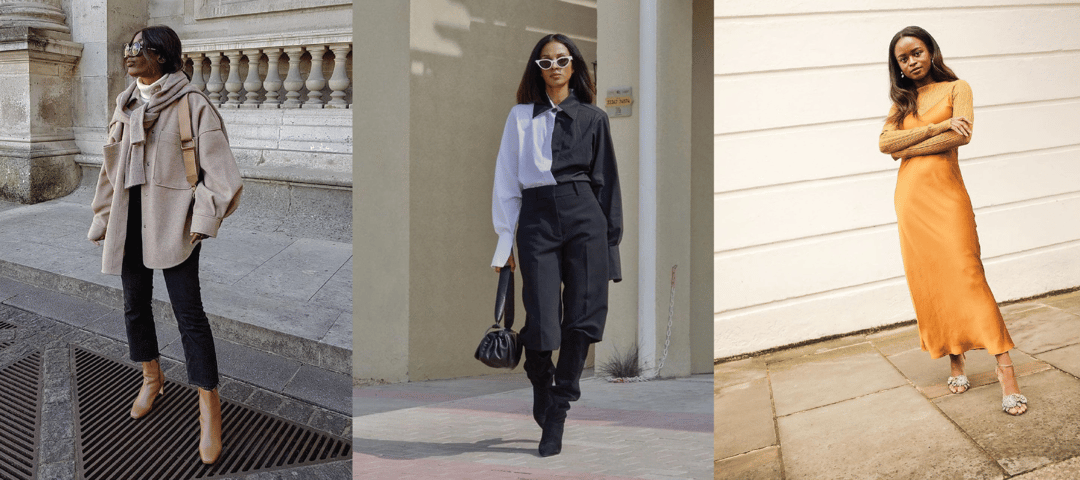
Over the years, video content has evolved from simple how-tos on YouTube to the central pillar of modern Creator Marketing. Fast forward to 2025, and video not only dominates social platforms but also drives purchasing decisions, fosters authentic connections, and exponentially enhances brand visibility. With LTK leading the charge as the premier Creator Marketing platform, let's explore how video remains an unstoppable force in the industry today.
Why Video is Still the Champion of Content
The last decade solidified video as the most impactful content format, and its dominance shows no signs of waning. Audiences gravitate toward visually engaging, concise, and relatable storytelling, making video a universal language in the digital space.
Beyond consumption trends, video has proven to be a key driver of purchasing decisions. According to LTK data, 76 percent of Gen Zers and 72 percent of millennials prefer video content. This is no longer just an opportunity – it's a necessity for brands looking to stay relevant and competitive.
Video and Creator Marketing's Unbreakable Bond
The seeds of influence grow strongest in video content. Creators use videos to tell compelling, personal stories that resonate deeply with their followers. This authenticity builds trust, strengthens emotional connections, and provides the context shoppers need before making decisions.
At LTK, Creators use video to showcase products in an array of ways:
- Try-ons
- “Get ready with me” vlogs
- Product and clothing hauls
- Step-by-step tutorials
- Seasonal style guides
Creators who invest in video-based strategies not only drive higher engagement rates but also earn more revenue compared to static content Creators.
Multi-Platform Integration of Video
Video content thrives across diverse platforms, each offering unique value for Creators, brands, and shoppers:
- Instagram Reels: Quick, engaging, and highly visual, Reels are a formidable tool for capturing attention and converting scrolling into action.
- TikTok: Widely regarded as the cultural hub for Gen Zers and millennials, TikTok videos excel at creating viral product moments that lead to spikes in sales.
- YouTube: With its depth and longer format potential, YouTube remains the go-to for detailed product reviews and demonstrations.
- Pinterest: A visual search engine, Pinterest is perfect for cross-promoting LTK videos to audiences actively planning and searching for inspiration.
The Rise of LTK Shoppable Video
LTK is no exception, leaning heavily into shoppable video content. Shoppable video – a core feature of the LTK app and platform – allows Creators to create immersive customer experiences, delivering context and emotion while enabling seamless transactions.
Features of LTK Shoppable Video:
- Clickable Product Links: Creators tag products directly in the video for instant shopping.
- Educational Content: Creators strike a balance between inspiration and information with videos ranging from how-to style series to quick skincare tips.
- Exclusive Visual Experiences: Creators share everything from seasonal trends to behind-the-scenes peeks into their creative processes.
Benefits for Brands and Creators:
- Enhanced Confidence in Purchases: Videos showcase products in real-life scenarios, boosting customer trust.
- Higher Average Order Value (AOV): Videos with emotional and lifestyle appeal drive shoppers to add more to their carts.
- Broader Reach: Videos integrated across platforms increase visibility and earning potential.
Meeting Gen Z (and Beyond) Where They Are
Gen Z’s influence continues to grow. This group, now spearheading consumer trends, streams countless hours of video content per week. Gen Zers favor authenticity, and according to LTK insights, they are three times more likely to say they trust Creators over ads.
However, the video trend isn’t limited to Gen Z; millennials, Gen X, and even baby boomers increasingly rely on video. This widespread behavior further underscores video’s critical role in a brand’s marketing tool kit.
Elevate Your Brand Through Video With LTK
Video in 2025 isn’t just a content strategy; it’s also the heart of consumer engagement. If your brand is ready to elevate its presence, connect authentically, and drive measurable results, it’s time to harness the power of video with LTK.
Start creating impact today. Get Started with LTK.
Blog originally published in December 2020 and updated in August 2025.

